The modern world of digital communication relies fundamentally on optical networking, allowing for seamless connectivity to businesses, data centers, and cloud applications. Numerous solutions for optical transceivers exist, yet some are more superior than others such as the 10GBASE-SR. These short-range transceivers are unmatched in performance and reliability. These small devices communicate at lightning speed over multimode fiber making them ideal for enterprise networks and other high density areas. This guide will explore everything there is to know about 10GBASE-SR transceivers, specifically focusing on Cisco counterparts enabling best performance efficiency and compatibility. This article aims to assist IT professionals looking for reliable hardware and network architects wishing to optimize infrastructure by providing insight into the workings and potential these optical transceivers hold.
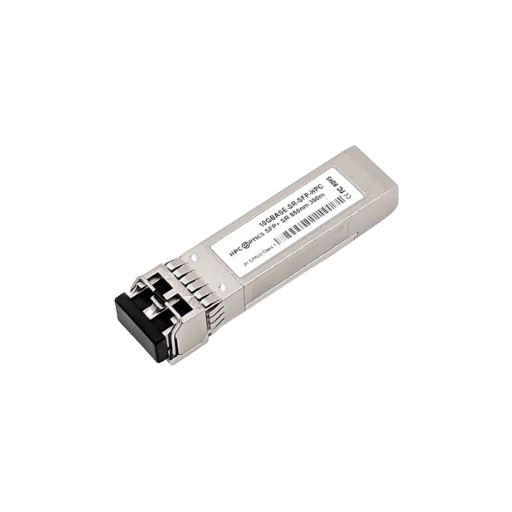
A 10GBASE-SR transceiver is a type of optical module designed for short-range data transmission of up to 10 Gbps. This device uses multimode fiber (MMF) at a wavelength of 850 nm and is mostly found in data centers and enterprise networks to link switches, servers, and storage devices within a range of 300 meters. Its design ensures high-speed connectivity with low latency, making it perfect for high-performance network environments.
Optical modules are crucial in improving network performance by delivering fast and reliable data transfer. These devices assist in data transfer between network devices and increase the bandwidth while shortening the time taken to transfer data. In networking technology, modern optical modules like the QSFP28 are at the forefront with new capabilities enabling Optical modules to support data rates of up to 100 Gbps. These modules are crucial in high-density environments like hyperscale data centers.
Dense wave division multiplexing and modern optical modules make a perfect match. DWDM allows multiple data signals to be carried in a single fiber optic cable concurrently which improves the capacity of infrastructure. The existing modules are able to manage a whopping 80 channels per fiber, thus, increasing the bandwidth for businesses.normally.
Due to increasing focus on energy use within network infrastructure, low power optical transceivers have been developed. Many high end modules today operate below 3.5 watts while still delivering exceptional performance ratings. Reducing power not only lowers costs for the organization, but also aids in sustainability goals for minimizing environmental impact.
The improved reliability of newer optical modules derives from additional monitoring and diagnostic functions that can be embedded into them. Digital Diagnostics Monitoring is an example where system admins can monitor specific values like temperature, laser bias current, and input/output power levels as they change With such enablements, proactive network management can be achieved supporting complex systems across the board.
DWDM working seamlessly with optical modules provide efficient, scalable and high-standard energy monitoring, making them the backbone for optimizing modern networks.
For 10GBASE-SR, the primary transmission medium is the short-reach multimode fiber (MMF) cable. High-speed data transfer using laser based signaling, usually at 850nm, can be achieved over short distances. The use of OM3 or OM4 multimode fiber is recommended since these types of fibers have better bandwidth and enable link distances up to 300 and 400 meters respectively. Hence, 10GBASE-SR becomes an affordable and efficient option for high-speed networking within data centers and campus environments.
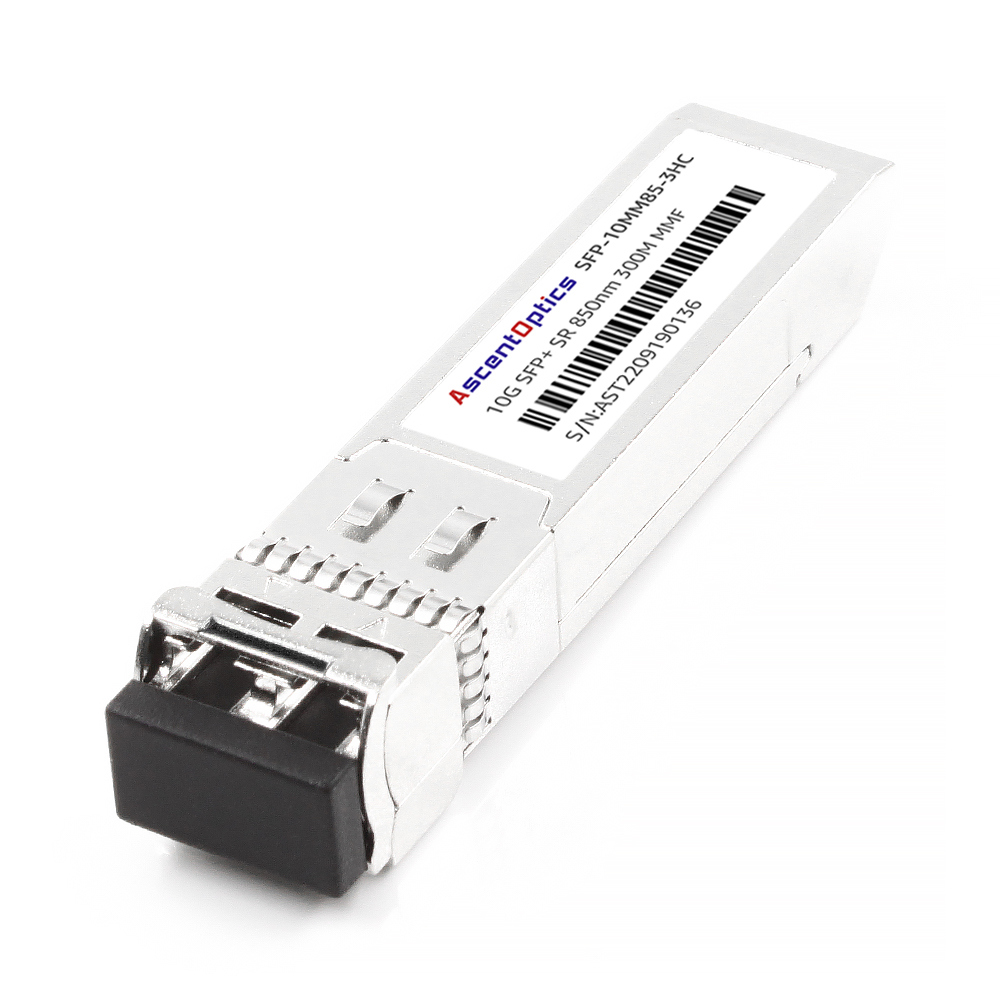
The 850 nm wavelength is typically the most cost-effective and accomplishes the best in short-distance applications within multimode fiber usage. 850 nm, unlike higher wavelengths like 1310 nm and 1550 nm, which are designed for single-mode fibers and long distance communication, is better suited for high-speed short-range data transfers typical in data center or campus networks. It works well with OM3 and OM4 multimode fibers and has better performance and lower equipment costs when compared to single-mode fibers and is “thin” fiber. For networks over 400 meters in need of distance, longer wavelengths where signal attenuation and chromatic dispersion are minimal would be most useful.
Modules built to accommodate access speeds under 10 Gigabits per second or less have definite advantages when it comes to their cost, energy consumption, and compatibility. Low power modules use less power than higher-speed modules, which decreases operational expenses for large scale deployments. Furthermore, these modules are broadly compatible with the existing network infrastructure, which eliminates expensive upgrades. Reliability and ease of installation makes these modules a preferred selection for environments with lower bandwidth needs. These environments include small-to-medium sized businesses or older systems.
These factors should be considered when selecting the modules.
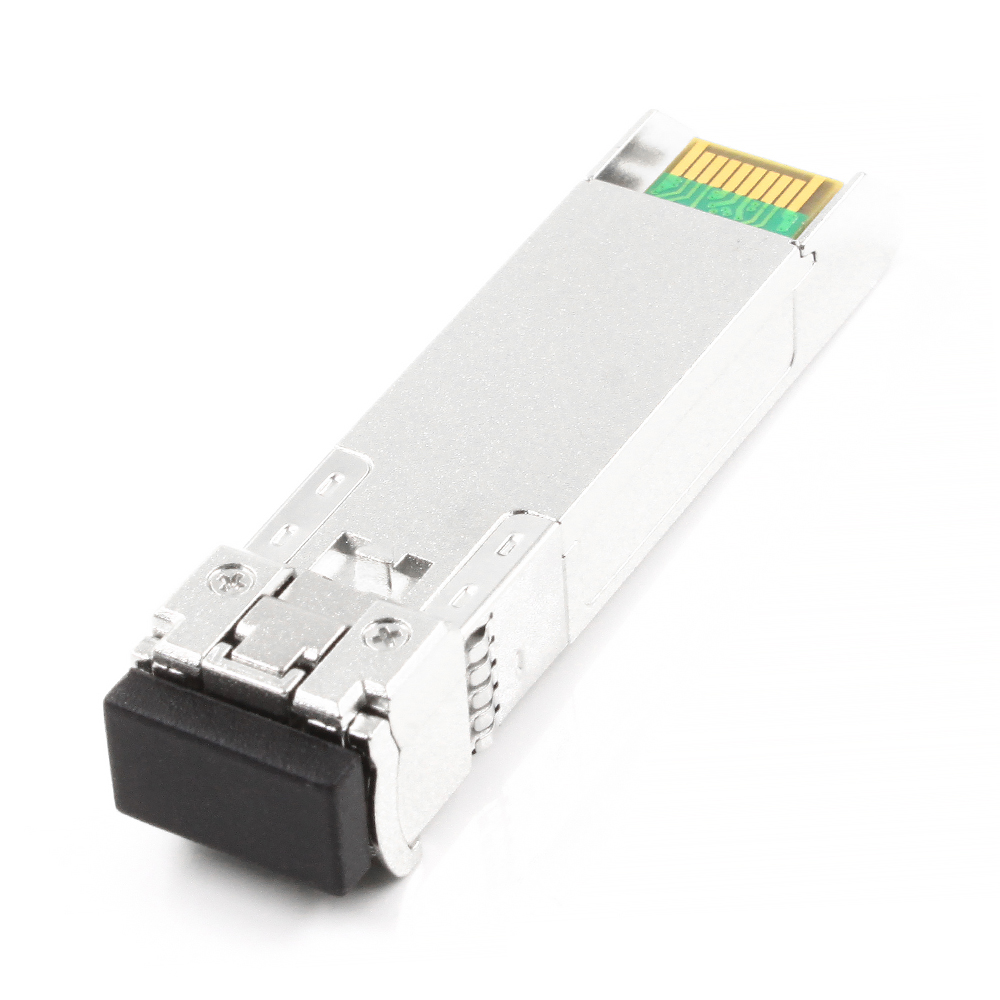
Switching over to 10GBASE-SR lets an organization enjoy a number of advantages:
In comparing single-mode and multi-mode fibers, I would point out that the single-mode ones have the least attenuation and highest capacity making them suitable for long distance, high bandwidth applications. The multimode, on the other hand, uses cheaper components and has sufficient bandwidth to make it more economical for local area and short distance use. Ultimately the decision comes down to the specific needs of the application like distance, budget and need for scalability in the future.
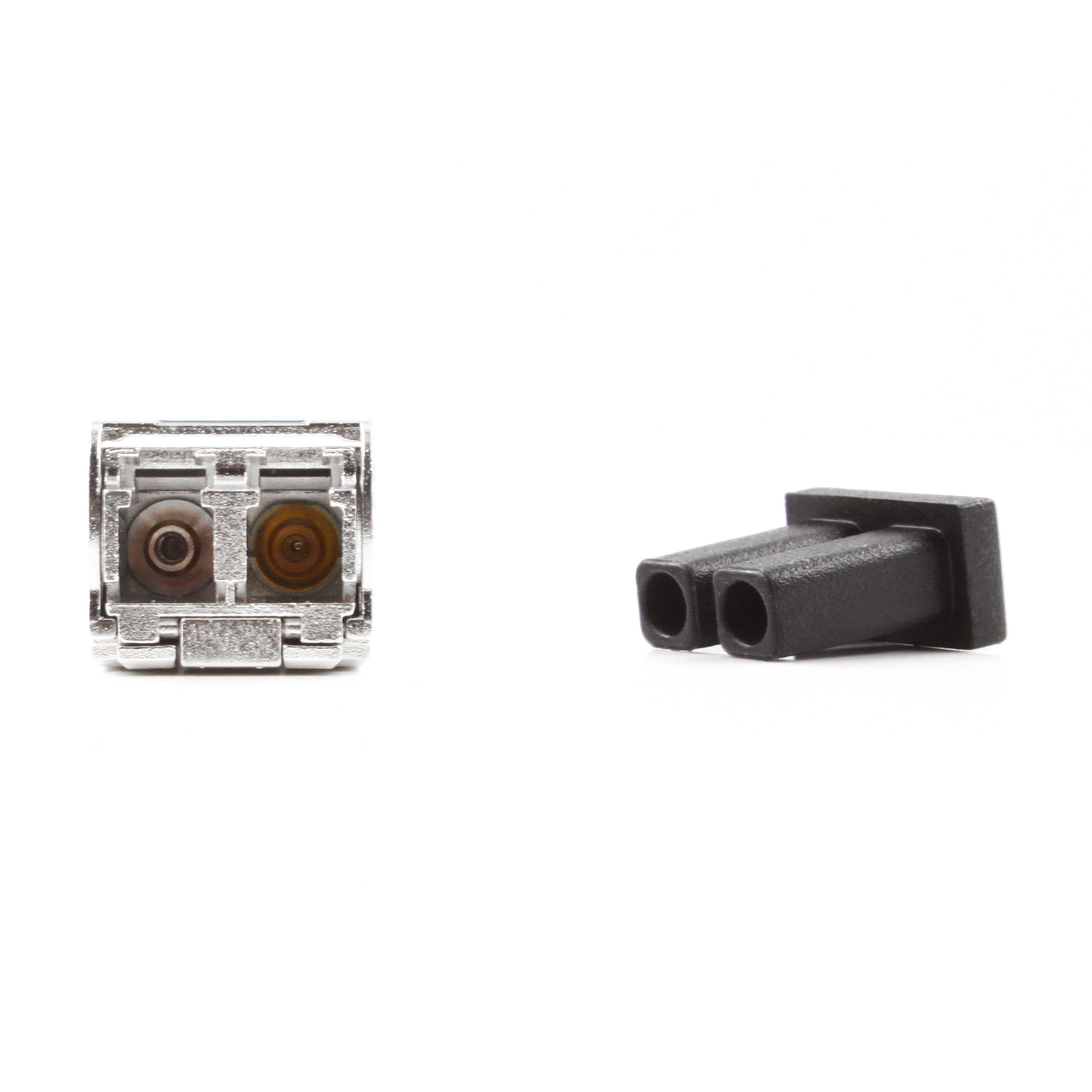
10GBASE-SR and 10GBASE-LR serve various purposes within fiber optic networking. The 10GBASE-SR is maximized for short-range connections that are normally up to 300m on multimode fiber. This is a cost friendly solution for local deployments, such as data centers or campus networks.
On the contrary, 10GBASE-LR is meant for a long-range, 10GBASE-LR operates on single-mode fiber that supports up to 10km. This renders it useful in Metro or wide area networks, where more reach is required.
The selection for any of the two depends on the distance needed for the network and the type of fiber in use to provide the optimum balance in performance and cost deployment.
The value of a transceiver is established by the absolute cost which a user must incur in order to satisfy the network’s requirements. Aspects that are of primary importance include, but are not limited to, the compatibility with other hardware, transmission distance, and the data rate. For instance, short-range transceivers such as 10GBASE-SR are more suitable for high fundamental communication within limited environments unlike their longer 10GBASE-LR counterparts, which are better suited for extended network links. Users who select the correct transceiver experience improved performance, lower latency, and avoid incurring needless costs associated with network upgrades or maintenance.
The <850nm 300m> specification utilizes an 850nm wavelength in optical transceivers for data transmission over multimode fiber up to 300 meters in length. This is commonly used in data centers and enterprise networks that require short-range, high-speed connectivity. The wavelength of 850nm is optimized for use with multimode fiber and other lower grade optical fibers because it is both economical and reliable at the distance specified. With these capabilities, network operators can improve their data transmission performance alongside lower signal loss, which is ideal for high traffic and compact organization environments.
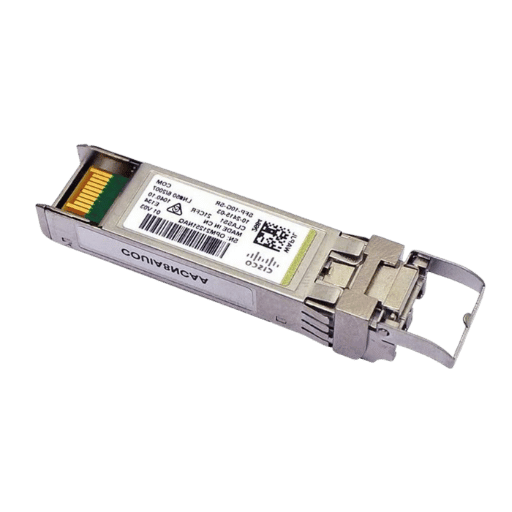
We recommend following the steps below to facilitate proper installation of connections for cables which are routinely used:
If these recommendations are followed, unnecessary downtimes or maintenance problems would be avoided in the future.
System performance and effectiveness is reliant on the proper use of connectors. Select the type of connectors that is appropriate for the type of cabling as well as its application specifications. Ensure every connection is sufficiently secure, but not to the point where the components will be damaged due to excessive tightening. Periodically check connectors for damaged or worn out areas, corrosion, loose connections, and change them when necessary for preventive reasons. With proper connector maintenance practices, disruption to operations can be avoided due to the lower chances of signal integrity issues or interruptions.
Problems with installations frequently stems from poor organization and management of cables, resulting in jammed cables, signals getting crossed, and general maintenance being difficult. Studies suggest that bad layouts of cables can lengthen the time spent on troubleshooting by 30% which is a large number and will impact efficiency for a longer time period of time.
Concern exists with the use of materials or components that are inaccurately chosen. As an example, cables and connectors that are believed to be exposed to damaging environmental elements such as excessive moisture or severe temperature conditions need to be replaced. Research shows that 40 percent of equipment failures in outdoor installations is because of environmental factors affecting inappropriate components.
Challenges at the intersection of hardware and software creation also have significant issues. Gaps in system requirements and the components that have already been installed often create an expensive rework or delay. For instance, in operational IoT implementations, differing protocols or standards may limit devices’ ability to work together, thus degrading the performance of the entire system.
In the final position, installation mistakes caused by inadequate training or nondiscrimination of rules are widespread. One report shows that mistakes done while performing the first installation explain almost a quarter of the system faults, highlighting the need for skilled workers as well as compliance with rules and regulations. The systems can be made more reliable by using certified personnel and checking installation against standards and practices more frequently.
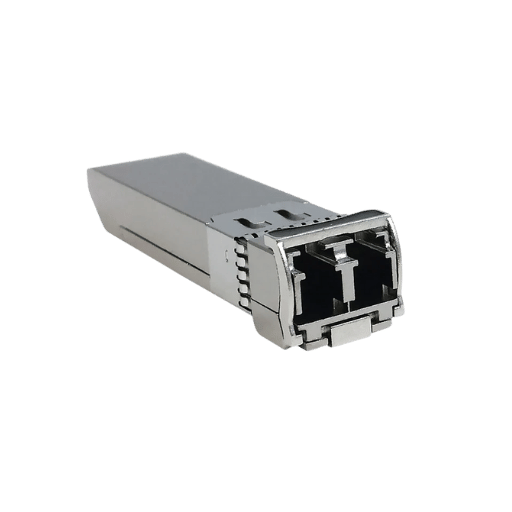
Modern data centers indeed benefit greatly from transceivers since they use them as their primary means of transmitting data over optical networks. Their small form factor makes them easier to integrate with peripheral devices, and they offer high-speed data rates that are fundamental to big operations. Scalability, energy efficiency, and compatibility with many network topologies are also other important advantages. Using compliant transceivers with set industry standards guarantees great performance, minimal downtimes, and to an extent stability in operations.
Seamless transmission of data within and through networking infrastructures is made possible by the use of transceivers, an essential device in a modern data center.With the exponential increase of data generated across the globe, speed and efficiency is the order of the day. According to new report, global data center traffic expected to increase to 20.6 zettabytes by 2025 as result of more adoptions of cloud computing, artificial intelligence, and the Internet of Things (IoT). In response to these increments, transceivers are now capable of supporting data rates as high as 400 belt with further enhancements in the pipeline to get 800 belt and beyond.
The sustainability of data centers especially in power management is vital, and advanced transceiver technologies do play a role in lowering power usage. Current data centers use an estimated 1% of the world’s consumed electricity. The development of low-power-consumption modules and advanced cooling techniques are become industry standards. Moreover, the modular design of transceivers allows data centers – from edge computing deployments to hyperscale environments – to easily scale as their needs grow.
Modern transceivers’ compatibility with external protocols like Ethernet, Fibre Channel, and InfiniBand show their wide application in different hardware and software ecosystems. Furthermore, the adoption of standards like IEEE 802.3bs for usability with 400G Ethernet also promote dependable interoperability and functionality for effective data center operations aimed at meeting upcoming user demands for faster and better connectivity.
A: The 10GBASE-SR transceivers are a type of SFF (Small Form-Factor) Pluggable Module which is uniquely designed to facilitate high speed 10GB Ethernet connections via multi-mode fiber (MMF) cables. The SFP-10G-SR transceiver module can operate on OM3 fiber for distances of up to 300 meters and functions with an 850nm wavelength. These feature LC duplex connectors for OM3 and OM4 fibers, real time diagnostics via Digital Optical Monitoring (DOM) fetures, and are compliant to Multi-Source Agreements (MSA) standards to guarantee interoperability with Cisco networking equipment while using minimum power.\\
A: The Cisco SFP-10G-SR stands out as an excellent option for short range applications using multi-mode fiber, especially when put in comparison with other options such as 10GBASE-LR ( which uses 1310nm wavelength for 10km distances on single mode fiber), 10GBASE-LRM (single mode fiber for extended reach over legacy multi-mode fiber), or copper alternatives such as twinax active optical cables. The SFP-10G-SR was made to be used in data centers and enterprise environments with shorter length range of 850nm. Unlike the other copper alternatives, these fiber transceiver modules offer superior resistance to electromagnetic interference and signals, however, they come at a higher cost than direct-attach copper cables.
A: Cisco 10GBASE-SR transceivers are compatible with various grades of OM3 and OM4 multimode fiber (MMF), with their maximum ranges being: OM3 fiber- 300m, OM4-400m, and OM2 (82m). Old-grade OM1 and FDDI OM1 multi-mode fiber have a transmission range of 33m for OM1 and 26m for FDDI grade, respectively. In setting s where distance and dependability are priorities, OM3 and OM4 fibers are optimal for contemporary data centers using 10 Gigabit Ethernet and will provide excellent results when utilized with 10GBASE-SR modules.
A: Identified LC duplex multimode fiber patch cables are the best option for Cisco 10GBASE-SR transceivers. These could be OM3 (aqua) or OM4 (violet fancy and aqua) multicable fiber patch cables with LC connectors on both sides to correspond with the transceivers interface. For optimum performance, the fiber should have a core diameter of 50/125 μm. Standard single mode fiber patch cables will not work with the 10GBASE-SR transceivers as their core diameters and operating wavelengths are not compatible. Always check that the transceiver module type is installed to eliminate signal loss and communication failure.
A: Indeed, numerous third-party Cisco SFP-10G-SR compatible 10GBASE-SR SFP+ modules function flawlessly with Cisco systems, even though Cisco does not officially recommend their employment. These MSA compliant transceivers are tailored to work with Cisco switches and routers. The downside is that most businesses lose Cisco technical support for the transceiver module when using non-Cisco modules. The reasoning behind opting for such compatible modules is their drastically reduced price. In many cases their cost is 70-90% lower, and the performance is the same as with genuine Cisco transceivers. If you decide to use compatible modules, seek those clearly marked “Cisco compatible,” along with warranty provisions and guaranteed performance assurances.
A: Installing a 10GBASE-SR SFP module in a Cisco device is quite easy: first, power down the device or put the port in admin down state. Then, remove any dust covers from the module, align it with the port, and gently slide it in until it clicks. After that step, your LC fiber patch cable can be connected to your transceiver. Next, power on the device or enable the port, then verify it is configured by using the “show interface” or “show inventory” command. With a compatible third party transceiver, it is possible that you need to invoke the “service unsupported-transceiver” command and “no errdisable detect cause sfp-config-mismatch” to bypass the comparability check by Cisco. Remember to always carry Modules by their edges, and use dust caps when ports are unoccupied.
A: For a non-working Cisco 10GBASE-SR connection, start by confirming the physical connection. Ensure the transceiver module is properly seated in the port and that the LC fiber patch cable is connected. Clean the fiber ends if they are damaged or contaminated. Check link status and examine error and light level with DOM (Digital Optical Monitoring), using “show interface” commands and “show interface transceiver detail” respectively. Confirm that the fiber type being used is MMF and not SMF, as well as make sure the cable length is within the maximum for its grade fiber (300m for OM3). Lastly, test the transceiver in an alternate port or device to determine if the issue lies with the module or the port.
A: Cisco 10GBASE_SR SFP+ transceiver modules are low power SFPs, using between 1.0 to 1.5 watts, compared to other components in a network. The modules have working temperatures of 0-70 degrees Celsius and meet Class 1 laser safety requirements. These modules are capable of Digital Optical Monitoring (DOM) which can monitor the temperature, supply voltage, and transmit/receive power for real time management. This monitoring system prevents problems before they affect the network. Although these transceivers do not produce much heat, optimal conditions for operating equipment racks does require proper air flow.
1. A 40 nm CMOS 195 mW/55 mW Dual-Path Receiver AFE for Multi-Standard 8.5–11.5 Gb/s Serial Links
2. Error correction for short-range optical interconnect using COTS transceivers
3. Potential of the polymer optical fibers deployed in a 10Gbps small office/home office network
4. Small Form-factor Pluggable
5. Ethernet